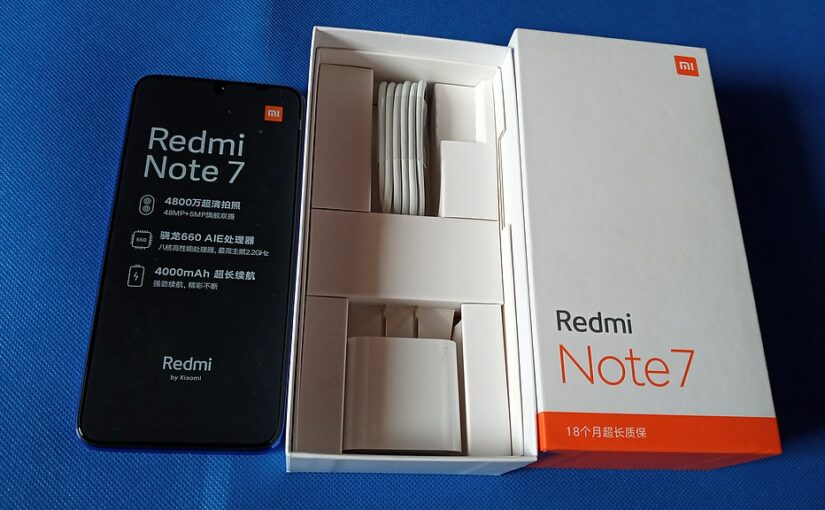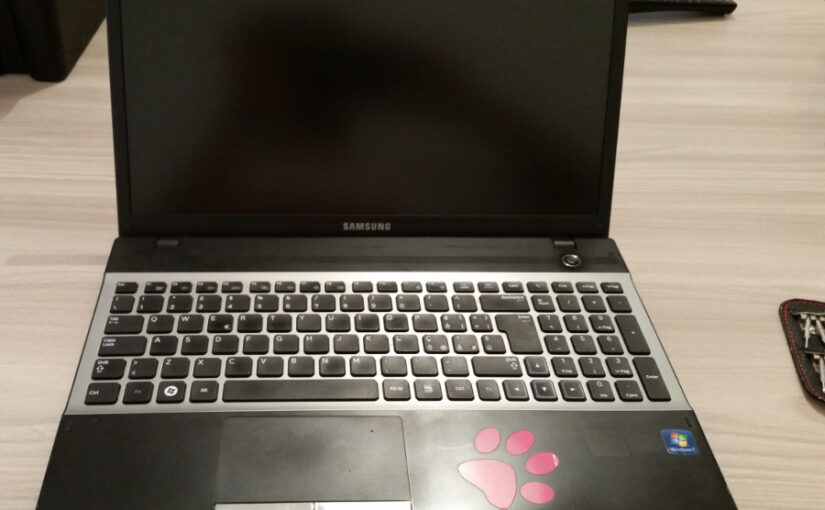Categoria: Software Libero
Boz’s Open Letter to Xiaomi
Hi! I’m boz. Today I had a problem with my new Xiaomi Redmi Note 7. I was trying to reject the terms and conditions of Xiaomi, remove all the GoogleShit, and install Android LineageOS.
Spoiler: it was a bloodbath.
Preamble (don’t arrest me!)
Note. Rejecting terms and conditions is not an insane, lamer or illegal operation. Moreover, Android is basically the Android Open Source Project, designed to be used and improved by vendors, developers and end-users for whatever purpose. If you think otherwise, maybe you have an iPhone.
Xiaomi knows that. Probably because they are made in China; low cost; intrinsic healthy spirit of sharing tech stuff in DNA, plus other stereotypes I don’t know. Xiaomi has a nice procedure to unlock your bootloader, in order to use their hardware without software obligation.
https://en.miui.com/unlock/ – official Xiaomi tool to Free your device
And this ↑ is nice.
So? what happened?
Unfortunately the official Xiaomi tool was not be able to see my Xiaomi Redmi Note 7 and I was not able to proceed with the unlock procedure. I tried multiple times and in multiple ways. I’ve also tried my local Xiaomi phone support but without much success.
Hello support! I am trying to reject the terms and conditions. I was following this official Xiaomi proced… Yes I want to unlock the bootloader for personal motiv… Yes the bootloader, the thing on my phone that you have locked down… No no I’m not talking about the unlock screen… Yes I want to remove Google from my phone and I need to unlock my phone. No no it’s… uhm… OK. Shibboleet?
― not exactly my phone call but quite similar
Long story short, after 10 hours of troubleshooting, trying multiple Microsoft Windows versions (bleah), multiple USB ports, multiple Chinese drivers (I mean, literally in Chinese, from website to documentation and URLs) and after selling my soul to Satana installing the most borked unofficial software of the dark web, I was then able to reject the terms and conditions, unlocking my bootloader.
How? I’ve found this tool:
It’s a suspicious URL but I think it’s legitimate since it comes from a “Xiaomi Super moderator”. Note that fresh users in the Xiaomi forum are not called “Super moderator” but are called “Rookie Bunny”. Yup, I am one of them 🥕.
https://c.mi.com/thread-1857937-1-1.html – old guide by Super moderator
So, it seems the official Xiaomi unlock tool, in recent versions, has not the possibility to install the right drivers anymore. But, that version above will install good old drivers (using the top-right menu of the application). Then, since that old version is completely outdated and stuck to the login screen, then I was able to proceed with the recent normal unlock tool (https://en.miui.com/unlock/).
Puff!
Now I have a Xiaomi Note 7 phone, flashed with LineageOS instead, and without any proprietary Google application, refusing both Google’s and Xiaomi’s terms and conditions, since I don’t use their services.

That’s why today I’m happy with Xiaomi!
Yesterday, anyway, I was in the mood How far can I throw this phone?
So, What I suggest to Xiaomi
Dear Xiaomi,
0 First of all, even if there is room for improvement, thank you for allowing users to refuse Xiaomi terms and conditions and have an official Xiaomi procedure and tool for that. For example to unlock my phone, to allow to clean my phone, do my stuff on my phone, increase privacy on my phone, etc. You are working in the right direction!
1 Often people who want to unlock their phones do so to avoid proprietary software. So they don’t want to use Microsoft Windows. If you can, make the unlocking procedure not require proprietary software or Microsoft Windows.
2 There are many unofficial Free and Open Source software that work better that the official proprietary one. This is surprisingly frequent but potentially very good for you. So, since you’re smart, I suggest to don’t kill these developers using your lawyers. Instead, contact these developers, support them, hire them, encourage them to write more good Free/Libre and Open Source software for Xiaomi devices.
3 Before you say “Oh my God there are too much Leenocs distributions to support!” keep calm and just take Ubuntu 20.04 LTS that is very mainstream, and start giving support to that. Amazingly, you will also support Trisquel GNU/Linux at no costs and a truckload of other distributions, giving more support to Xiaomi devices and more freedom to users.
4 Since it seems somebody in the world somehow already knows what your software does (I explain better later), do not try to obfuscate it. Instead, just release your software (as much as you can!) as Free/Libre and Open Source. It is a winning business strategy for Xiaomi to make experts happy, because they are the ones who then recommend Xiaomi phones to others. Additionally, you would have improvements and fixes from other experts all around the world, pratically improving Xiaomi support for you, and, more important, you will be able to easily find skilled developers to hire directly from your contributors, in a virtuous circle that boosts your loyalty marketing and puts more money in your piggy bank.
For example, it seems the world is really happy to have an unofficial unlock tool called XiaoMiToolV2 made by Francesco Tescari, who tried to understand what Xiaomi’s official software does to improve it. The result. It works for 3 operating systems (Microsoft Windows – macOS and GNU/Linux!) and is also able to flash ROMs, unbrick your Xiaomi device (!), restore factory data, support multiple languages and, among other features, it’s probably also able to give a good orgasm to the motherboard. Unfortunately, Francesco cannot release its source code because he is afraid of legal repercussions from Xiaomi. Remember, the official Xiaomi tool just works for Microsoft Windows (uff), sometime it does not work, and it’s ugly as hell (with all due respect) and, above all, its code is obfuscated (security through obscurity).
TL;DR
Dear Xiaomi, hire the Italian IT guy named Francesco Tescari. Give him permissions to do whatever he wants. Instead of sending Francesco to a Chinese jail, allow him to write more official documentation, produce more Free/Libre and Open Source software. For example, to convert Xiaomi phones into kitten-bots, create camera-enabled mosquito-killers etc. making Android experts damn happy to work with Xiaomi for their projects and damn inclined to play with Xiaomi hardware and reccommend Xiaomi to IT companies, local resellers and end users.
And what can Xiaomi do on Wednesday? Donate some devices and some documentation to Replicant, LineageOS and donate to the Free Software Foundation, and share the news to the world! They are definitely your friends. It’s pennies to you, but would be a crazy gratis advertising and a crazy big step for the Xiaomi corporate image.
Phone image by Minette Lontsie, CC BY-SA 4.0, via Wikimedia Common
Screenshot by Valerio Bozzolan and the owners of each single logo under same license
Share!
Xiaomi, are you ready?
How to Pivot empty cells in LibreOffice
Do you want to discover how to Pivot empty cells in LibreOffice?
https://stackoverflow.com/questions/68019239/libreoffice-calc-and-pivot-table-with-empty-cells/
Tomcat, VirtualBox, Systemd enter in a bar
This Friday I’ve seen Tomcat, VirtualBox and Systemd entering in a bar.
Let’s continue here in CC BY-SA:
Tomcat unable to execute VBoxManage: NS_ERROR_FAILURE (0x80004005)
Do not ask me why a Java application was issuing VirtualBox commands. It’s too painful to remember certain things. In any case, there is no reason in the world why it shouldn’t work. Or maybe one. Anyway I’ve learned more about Systemd silly features and that day was awesome.
itWikiCon2020 + Linux Day?
It’s not a secret. I’m very happy to see some effects after my recent years of contributions in the Free as in Freedom software movement and about GNU/Linux topics, for example contributing to the Linux Day Torino event.
How much friends I’ve found, how much skills I’ve learned.
How much more I’ve to learn.
In particular, I’m proud about these two editions where I’ve given my heart for the event:
- https://linuxdaytorino.org/2016/ – organizer / speaker
- https://linuxdaytorino.org/2017/ – organizer
But also I’m happy about these editions of course:
- https://linuxdaytorino.org/2015/ – speaker
- https://linuxdaytorino.org/2018/ – organizer
- https://linuxdaytorino.org/2019/ – organizer
Now, after COVID-19 recentness, the Linux Day Torino will not be proposed for 2020, and it’s somehow very sad.
…before thinking about the possibility to give an hand in a new national edition, completely online.
But… hey, Wikimedian(s) have very similar problems! Why not involve them and organize two different online conferences in the same day? One about Free as in Freedom software, and the other about Free as in Freedom contents?
Here we are, running all together for an amazing online edition of a giant itWikiCon 2020 + Linux Day 2020 event.
Let’s see what it will become! Good luck to everybody!
The cute image was designed by Virginia Foti, Francesco Serra / CC BY-SA
How to configure Phabricator, Harbormaster and Drydock for Continuos Integration
Some weeks ago I tried to setup a continuous integration solution with Phabricator, without Jenkins, and…. whaaat? it works.
So I started drawing all the concepts on paper before forgetting everything and now, If you want to configure Phabricator and its components for Continuous Integration (and no need for Jenkins or other external services) then see my guide, released on Wikibooks this night under a Free as in Freedom license:
Continue reading: Phabricator Administrator Handbook: Continuous Integration with Harbormaster and Drydock.
The image of the Phabricator Continuous Integration schema was made by Valerio Bozzolan and you can use it for any purpose under CC BY-SA 3.0 Unported.
How to Disassembly Samsung NP305V5A
Today I disassembled a Samsung NP305V5A to substitute its hard drive with an SSD and install Debian GNU/Linux stable (buster) with an XFCE desktop environment.
End of the story: this laptop was produced in 2011 but it’s still very usable thanks to GNU/Linux!
Hard drive substitution
Shutdown the laptop, close the lid and remove the battery.
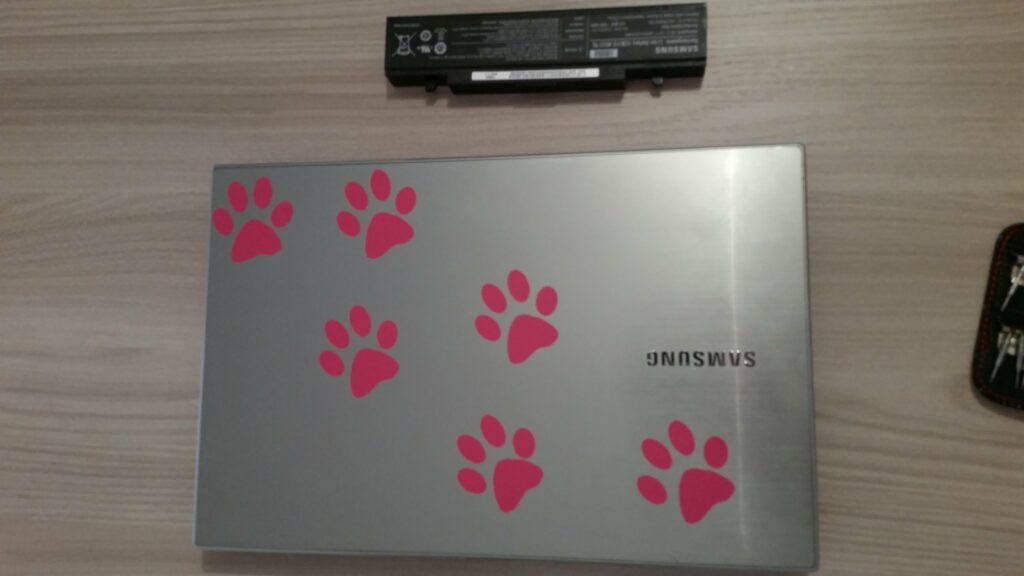
Put the back in front of you:
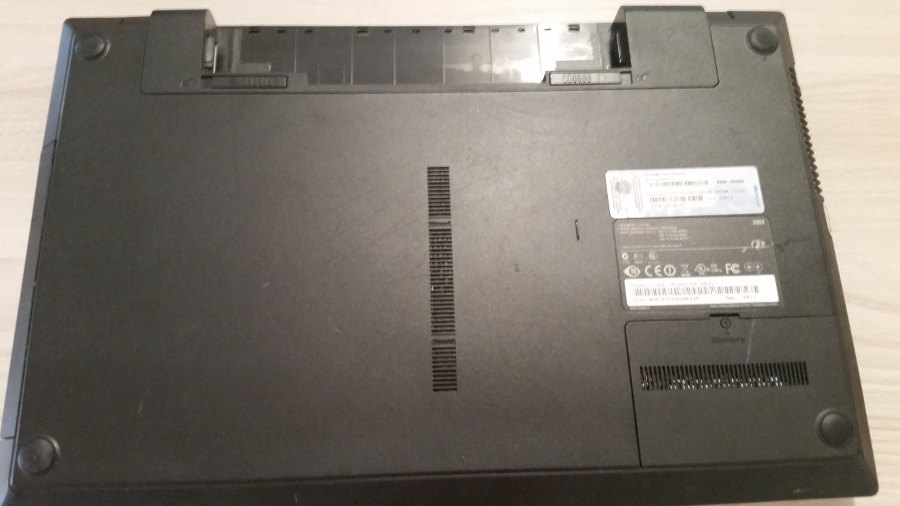
Find the memory slot and open it (1 screw):
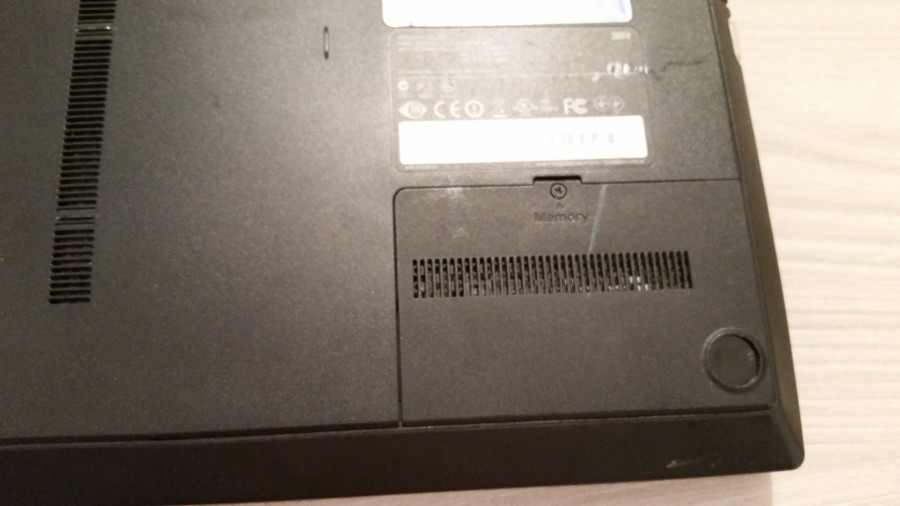
Inside the opened memory slot, remove another screw:
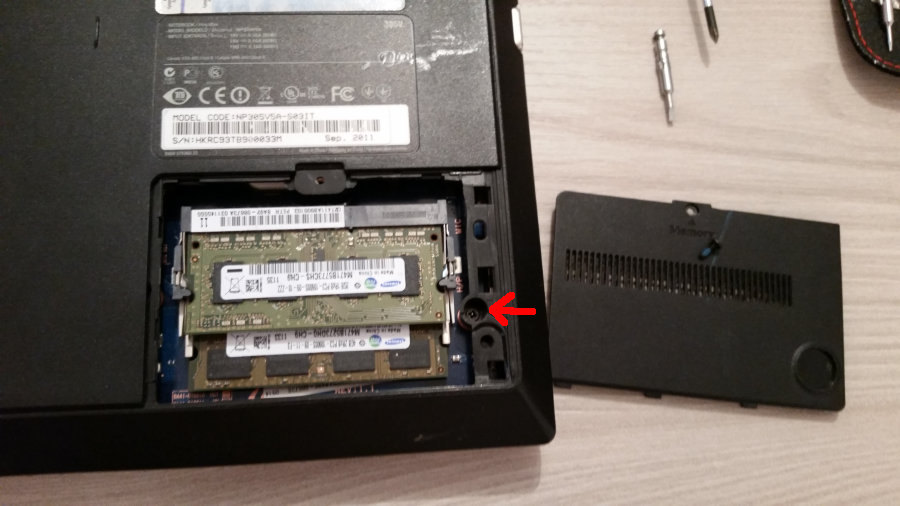
Remove the 4 screws under the gummy feet:
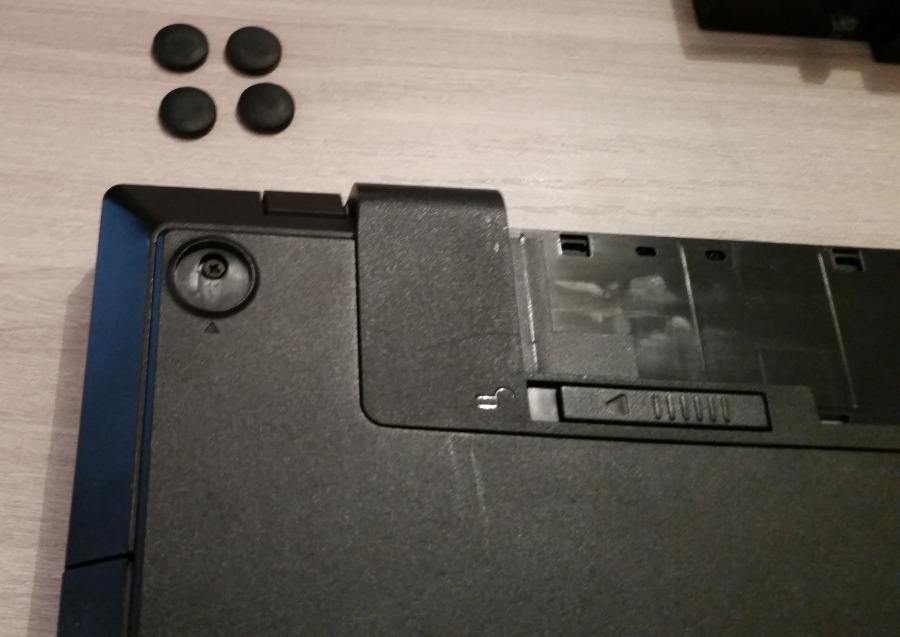
Now slide down the plastic to remove the bottom cover:
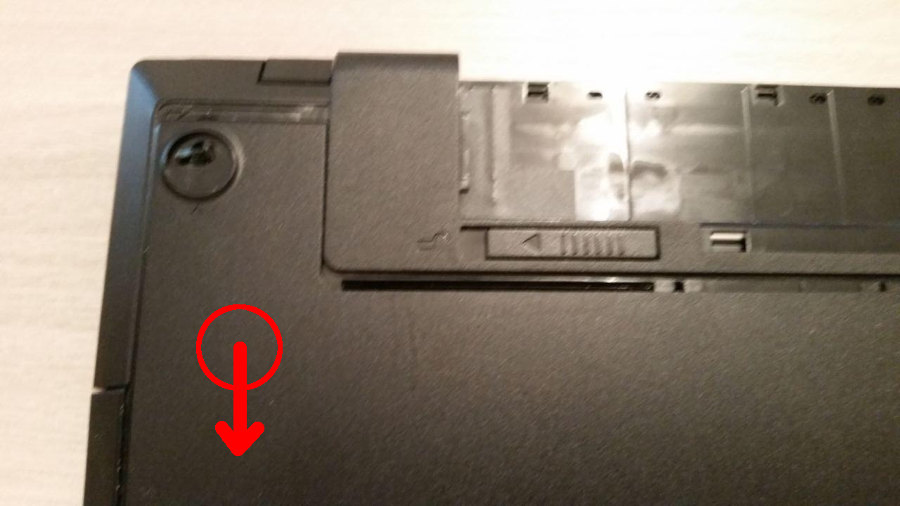
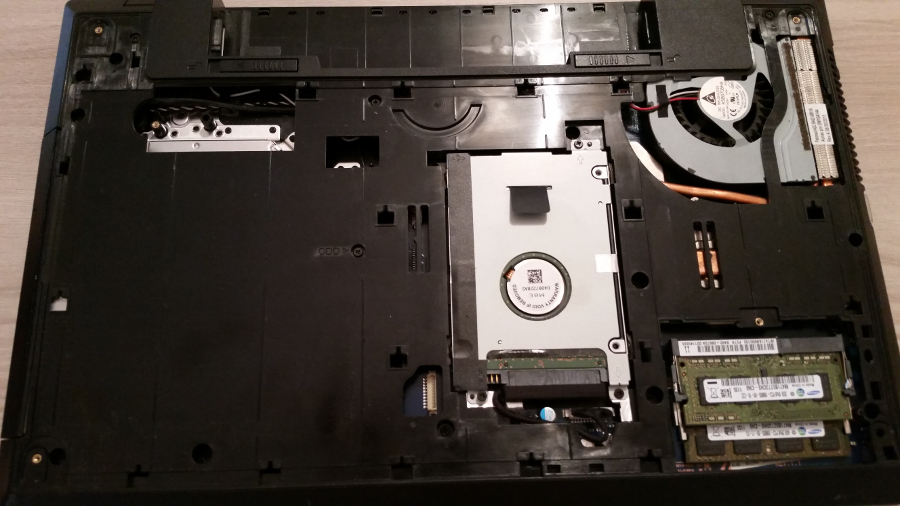
To substitute the hard drive, remove all the screws along it and remove its data connector.
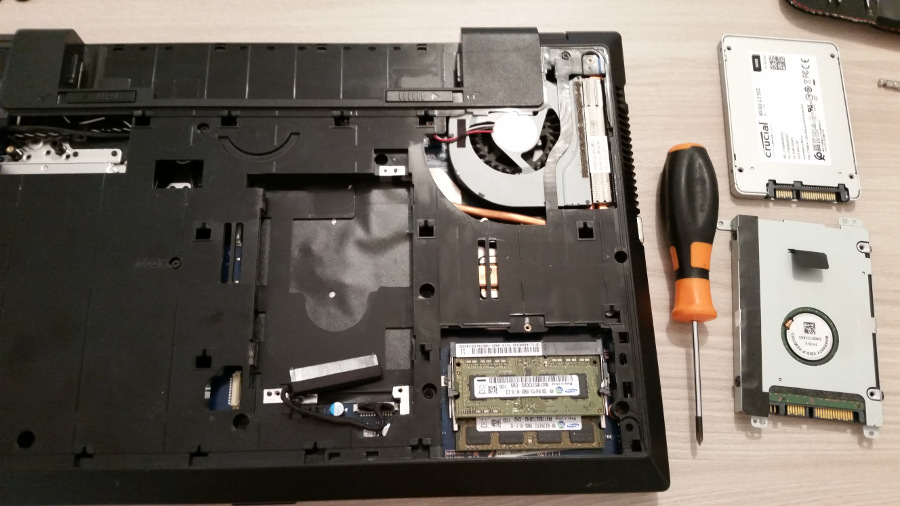
To sobstitute the hard drive, separate the hard drive from its metal chassis.
The hard drive is a SATA 2.5”.

The metal chassis has just 4 screws.
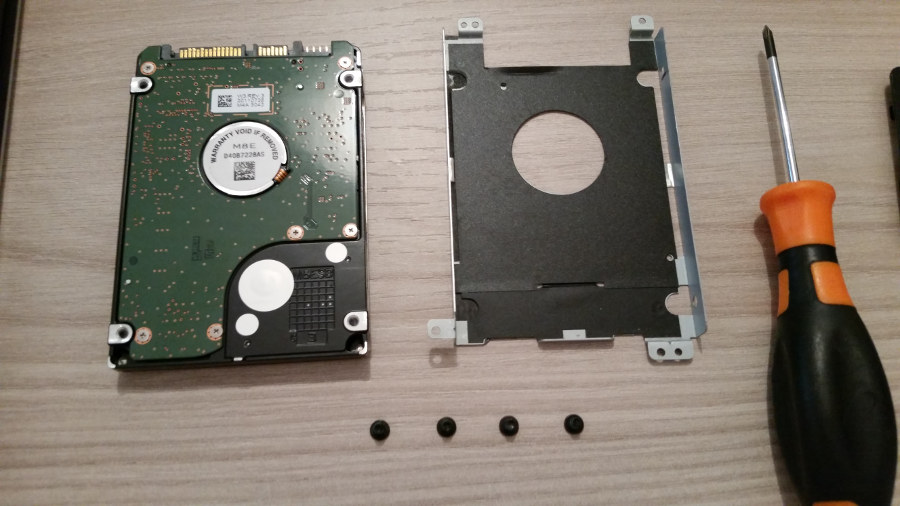
Now replace your hard drive with another one (an SSD?) and turn back.
Actually I have not enough photos to provide further informations, but we easily replaced the thermal paste and cleaned the CPU fan.
Thank you Elena and its laptop, who joined the Officina Informatica Libera in Torino, to reborn her laptop using Free as in Freedom software!
Ci vediamo al Linux Day Torino 2019
Sabato 26 ottobre 2019 ci vediamo al Linux Day Torino 2019: Intelligenza Artificiale!
È davvero un piacere partecipare all’organizzazione di un evento del genere dedicato al software libero! Sia perchè re-incontro sempre un sacco di persone piacevoli, e sia perchè sono riuscito a terminare un lavoro sul sito ufficiale che porto avanti dal 2016 per rendere il sito del Linux Day Torino un vero Content Management System a tutti gli effetti. Inoltre, perchè terrò un talk sulla privacy e sulla paranoia da sicurezza informatica difensiva.
Partiamo dalla prima novità: il sito del Linux Day Torino ora supporta Italiano, Inglese, e Piemontese :D È da pazzi, ma funziona molto bene. Invito soprattutto a fare un giro sul Linux Day Torino in piemontese perchè è veramente divertente! Per questo risultato ringrazio tutto il GNU/Linux user group di Torino, come ho già annunciato sulla nostra mailing list.
Ci vediamo quindi al mio talk che si intitola Don’t Touch my Data, al Linux Day Torino 2019 :) Spero di divertirmi tanto quanto gli anni passati! <3
Il mio intervento a Border Radio – Public Domain
Rubando termini dall’oroscopo: in questo periodo lavoro, famiglia e persino riposo vanno discretamente bene. Questo significa che ho dovuto limitare le mie evasioni davanti alla mia scrivania, soprattutto nei momenti a me più proficui, ovvero dalle 20 alle 3 del mattino (non che sia una fascia oraria che oggettivamente stimoli le cellule grigie ma, semplicemente, a quell’ora è più complicato essere distratti da qualcuno di sveglio ed è più naturale rilassarsi, concentrarsi, essere produttivo).
Ospite in una puntata radiofonica di Border Radio a proposito di Wikipedia, spero di essere riuscito a trasmettere tutta la mia passione su questo progetto, nascondendo piuttosto bene il mio rammarico nel vedere ridotti i miei contributi, sfociati, nello stesso periodo, nelle mie dimissioni da amministratore dell’interfaccia.
Ah, chiedo venia per le imprecisioni o castronerie sfuggitemi (per chi le notasse). Come scusa additerò l’ansia della diretta!
L’audio è disponibile anche su Mixcloud ma occhio perchè è intasato di tracker :)
